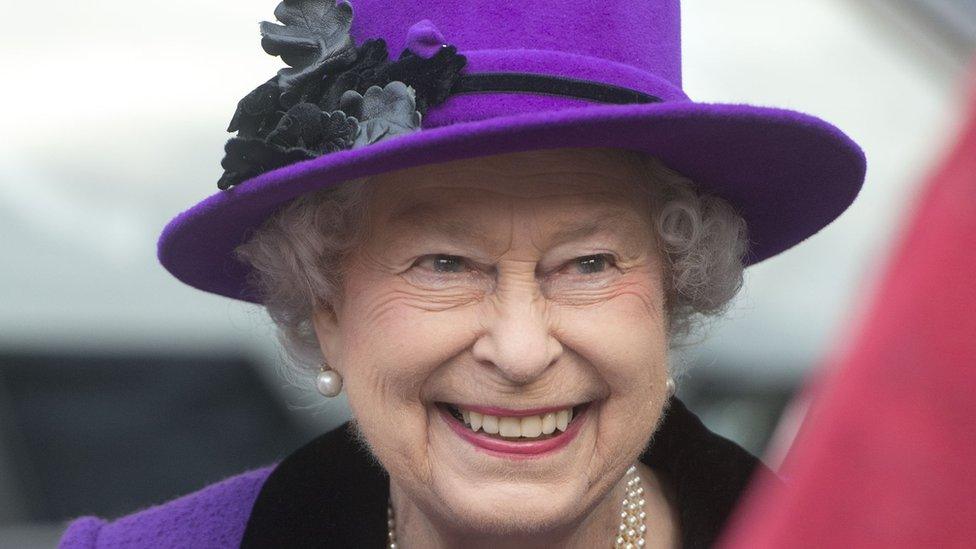The Queen's Speech: What happens at the State Opening of Parliament?
- Published
- comments
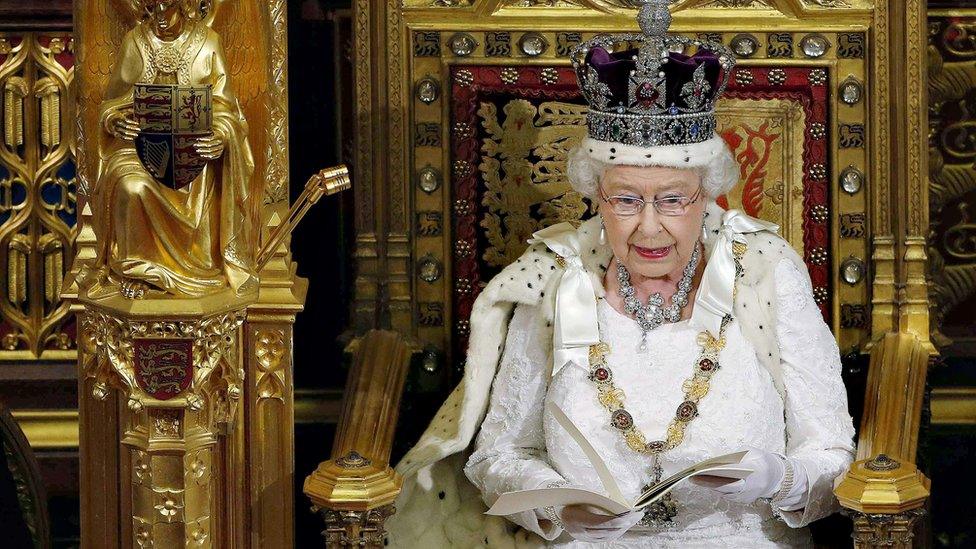
The Queen's speech is one of the most impressive scenes in Parliament
The Queen's Speech is one of the most traditional and famous rituals of Parliament.
It's the formal way that the government re-opens Parliament after a break and sets out their plans for what they want to achieve.
It's written by politicians but is usually read out by the Queen.
However, this year her son, Prince Charles, will deliver the speech in Parliament at 11.30am on Tuesday 10 May.
Here's what you need to know.
What actually IS the Queen's Speech?
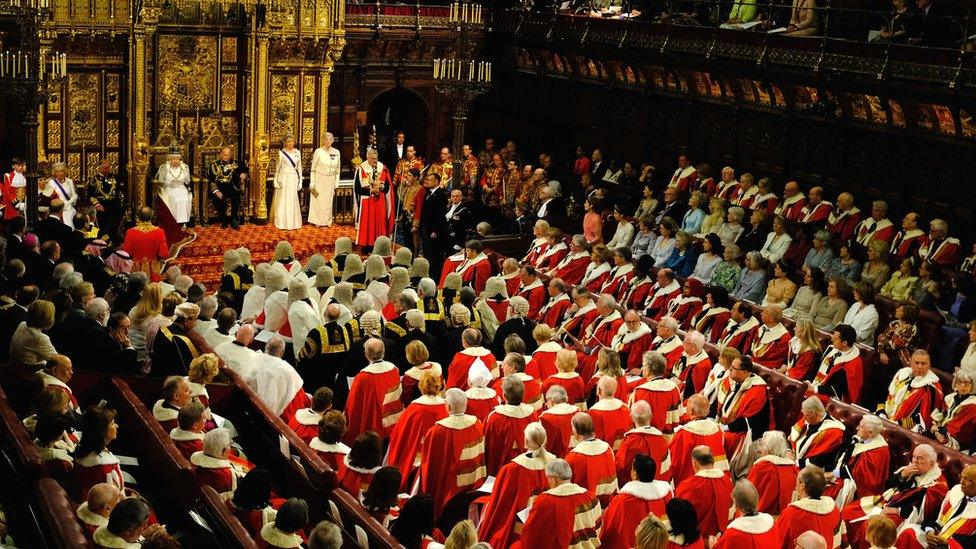
Here is the Queen giving her Speech in 2016
The Queen's Speech is part of what is called the State Opening of Parliament.
This is a bit like the start of a new school year for politicians. The proper name given to this is the start of a Parliamentary session.
The State Opening of Parliament, and therefore the Queen's Speech, takes place this year on 10 May following the elections in England, Scotland, Wales and Northern Ireland.
The Queen's Speech explains the government's plans for the coming year.
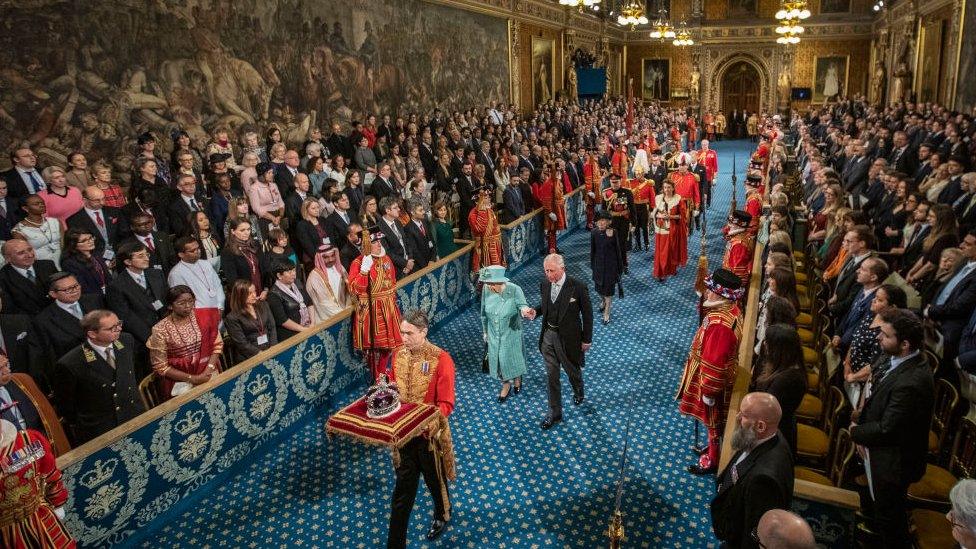
The Imperial State Crown can be seen on a cushion in the centre of this photo
She usually reads it out in front of members of the House of Commons and House of Lords, and there is normally one Queen's Speech every year.
But this year, Prince Charles will read the speech, after the Queen pulled out on Monday due to what Buckingham Palace called "mobility problems".
It will be the first time the Queen has missed the ceremony since 1963 and she has given special permission for the Prince of Wales and Prince William, the Duke of Cambridge, to open Parliament on her behalf.
The Imperial State Crown will still be brought to Parliament - and the Queen's throne will remain empty, with Prince Charles, Camilla, the Duchess of Cornwall, and Prince William expected to be seated in front of the politicians attending the event.
Reports have suggested it will contain more than 38 new laws including:
A Schools bill will introduce rules to make school funding fairer and set up a compulsory register for children not in school
Animal welfare bill will look to ban the import of hunting trophies
Levelling up bill aims to stop high streets having empty shops and give local councils power to take over empty buildings
What is the Queen's speech? (2017)
What's the ceremony like?
The ceremony, as it usually unfolds, dates back to 1852.
The Queen normally rides in a grand state coach from Buckingham Palace to the House of Lords in Westminster with all sorts of parades and military bands performing.
In recent years these ceremonial elements have been scaled back - in part due to the Queen's age and the time of year it takes place.
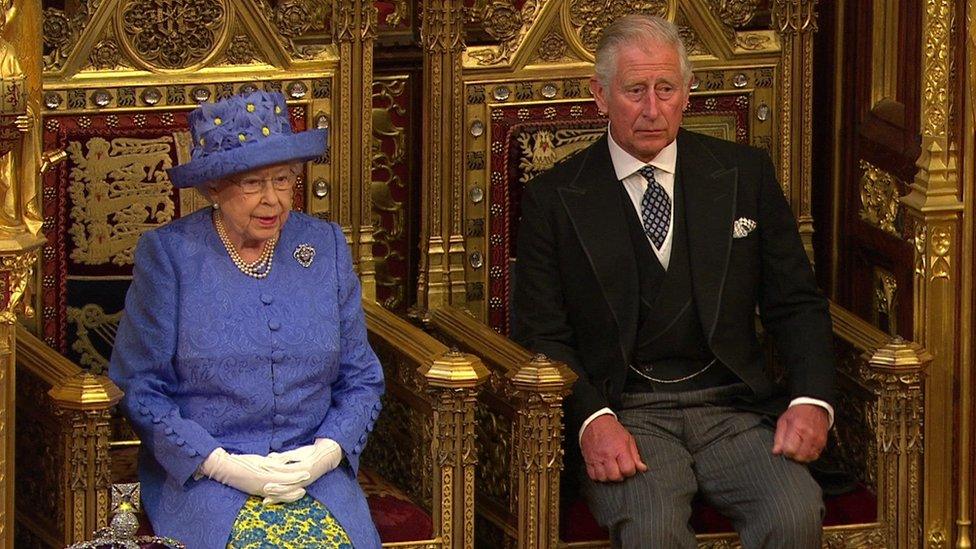
In recent years the Queen has been accompanied by future king, Prince Charles.
When the Queen enters the House of Lords, everyone there stands up. Everyone is wearing their smartest robes and finery.
Next, the Queen takes her place on the throne and says: "My Lords, pray be seated."
Once this has happened, the Queen's messenger called Black Rod will walk to the door of the House of Commons, where MPs work, but it will be slammed in his face!
It might seem a bit rude but it's meant to show that House of Commons is independent.
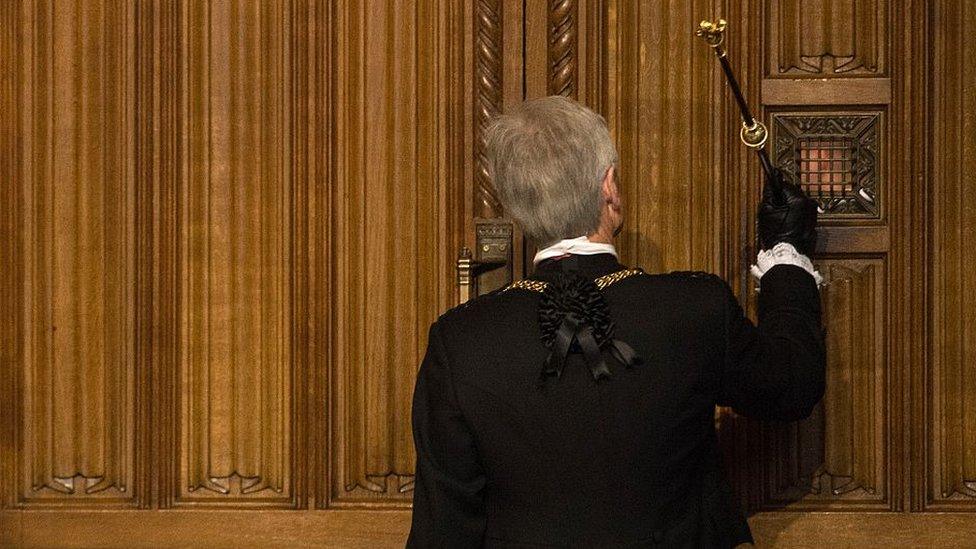
The name 'Black Rod' refers to the person - not the stick in his hand. Here he is knocking on the door three times
Black Rod knocks on the door three times with his stick. He's then allowed to go in and asks the MPs to come to the House of Lords to listen to the Queen.
An official known as the Lord Chancellor hands the speech to the Queen, and she will read it to everyone there.
What happens after the speech is given?
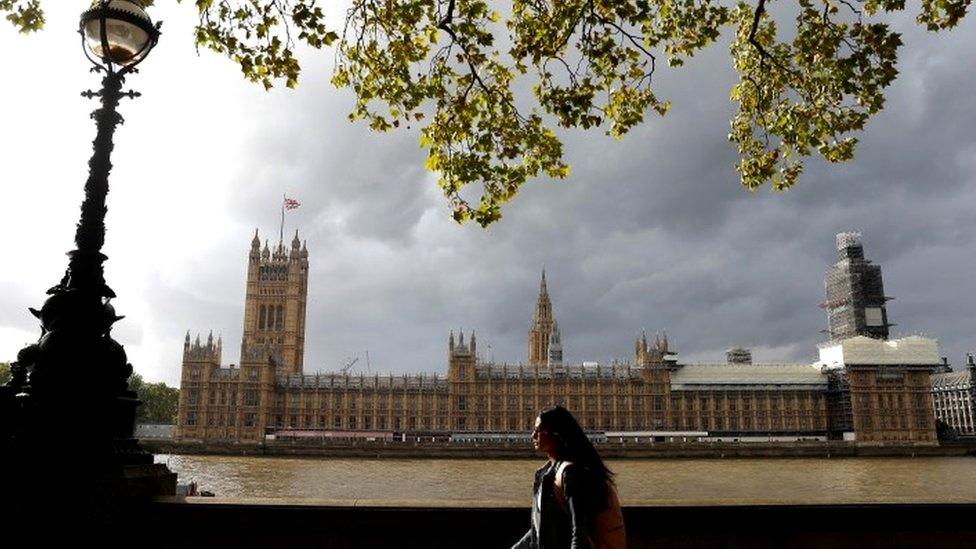
After the Queen has finished her speech and the State Opening is over, she returns to Buckingham Palace.
In the afternoon, the government's plans - which were explained in the speech - are debated in the House of Commons and MPs will eventually have the chance to vote on it.
- Published7 May 2022
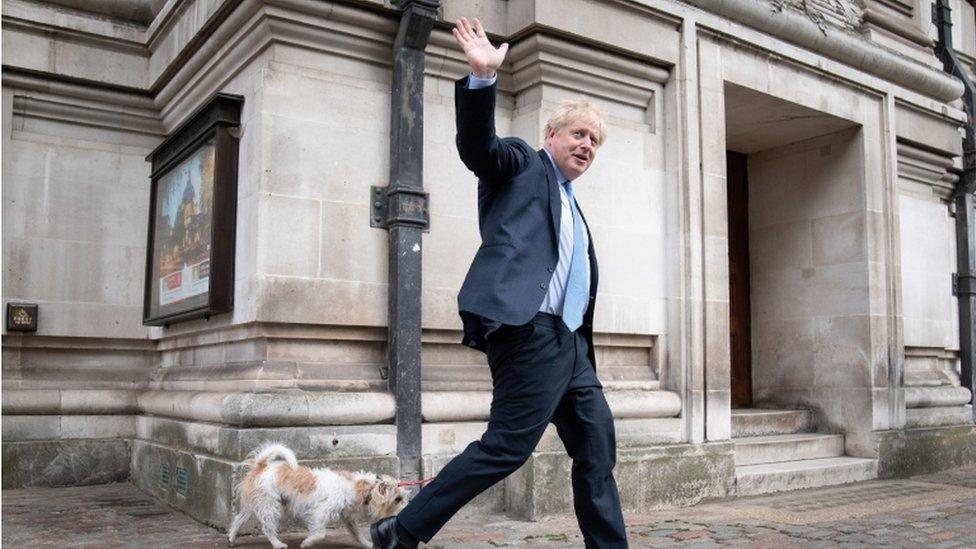
- Published9 May 2022
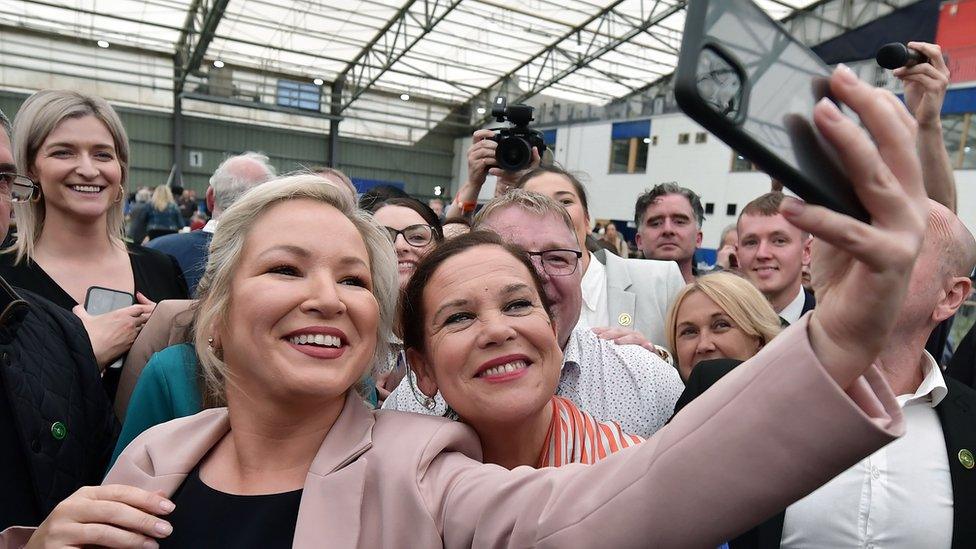
- Published18 May 2022
